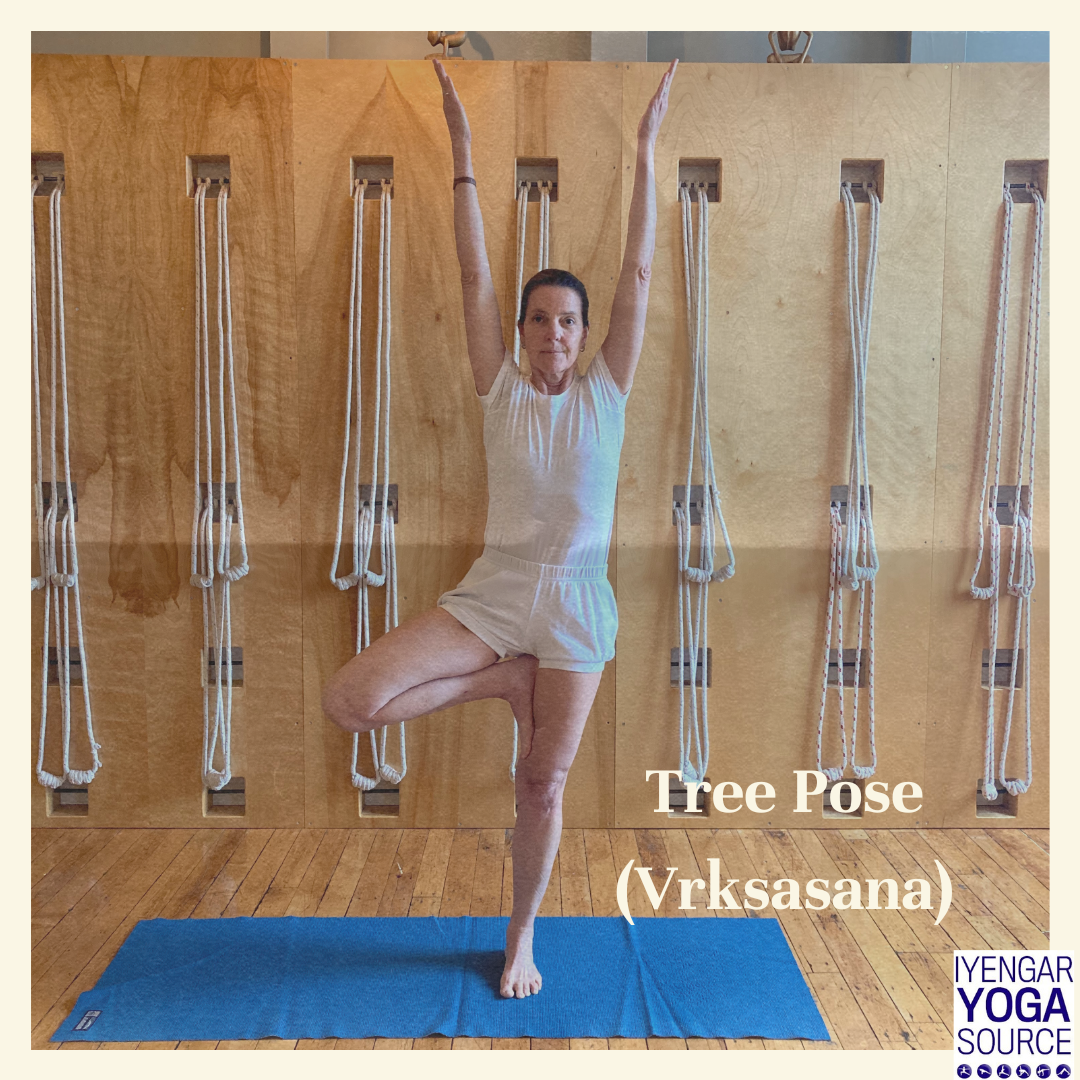In the Yoga Sutras, Patanjali defines asana with just three words: sthira sukham asanam. These words translate to "asana should be steady and comfortable." For practitioners of Iyengar Yoga, this sutra is both inspiring and intriguing, as it challenges us to reconcile the idea of comfort in poses that often demand effort, discipline, and even endurance.
What Does Comfort Mean in Iyengar Yoga?
When we think of "comfort," the mind might immediately associate it with ease, relaxation, or even passivity. However, in the context of Iyengar Yoga, comfort does not mean the absence of effort. Instead, it reflects a state of balance where steadiness (sthira) and ease (sukham) coexist.
For instance, standing in Tadasana (Mountain Pose) may not initially feel "comfortable" for many. Actions such as lengthening the spine, lifting the kneecaps, and grounding through the feet demand conscious effort. Yet, when the pose is performed with awareness and precision, a sense of lightness emerges. This lightness is the sukham that arises from sthira. The pose feels grounded, yet expansive.
The Role of Discomfort
In Iyengar Yoga, we often explore our boundaries, physically and mentally. Holding Utthita Trikonasana (Extended Triangle Pose) for several breaths, for example, may bring up sensations of strain or challenge. This is where the deeper meaning of sthira sukham asanam comes into play.
Discomfort in a pose is not inherently negative. It is an opportunity to cultivate awareness. Rather than resisting the discomfort, Iyengar Yoga teaches us to approach it methodically—adjusting alignment, using props, or refining our breath—until steadiness is achieved. Comfort, in this sense, is not a static state but a dynamic process of transformation.
Practical Tips for Finding Sthira and Sukham
Start with Stability: Before seeking comfort, focus on creating a steady foundation. In seated poses like Virasana (Hero Pose), ensure that your knees and hips are supported with props as needed. Stability in the body supports ease in the mind.
Use Props as Allies: Iyengar Yoga is renowned for its use of props to bring balance and ease into poses. For example, placing a block under your hands in Adho Mukha Svanasana (Downward Dog) can help lengthen the spine and reduce strain on the shoulders, allowing for both steadiness and comfort.
Breathe with Awareness: The breath is a bridge between sthira and sukham. In challenging poses, a steady, rhythmic breath can help anchor the mind and body, softening the experience of effort.
Refine, Don’t Force: If a pose feels uncomfortable, rather than forcing your way through, pause and reflect. Is there an adjustment that could bring more balance? For example, in Parsvottanasana (Intense Side Stretch), using blocks under the hands can help create space for the spine to extend without overloading the hamstrings, making the pose more balanced and sustainable.
The Inner Comfort of Practice
Comfort in yoga is not limited to the physical body. It extends to the inner experience—a quieting of the mind and a sense of presence. Even when the body works diligently, the mind can remain composed and calm. This harmony is the essence of sthira sukham asanam.
As practitioners, it’s helpful to remember that the process of finding steadiness and comfort is ongoing. Some days, a pose will feel effortless; on others, the same pose might feel unattainable. Iyengar Yoga encourages us to stay curious and committed, knowing that both sthira and sukham are cultivated through regular, thoughtful practice.
Reflecting on Sthira Sukham Asanam
When asanas feel anything but comfortable, consider these questions:
Are my efforts directed towards creating balance rather than perfection?
Am I using props and alignment techniques to support steadiness?
Is my breath steady, or is it revealing strain in the pose?
By engaging with these reflections, we honor the wisdom of Patanjali’s words and allow our practice to evolve toward its true aim: a steady and joyful union of body, mind, and spirit.













